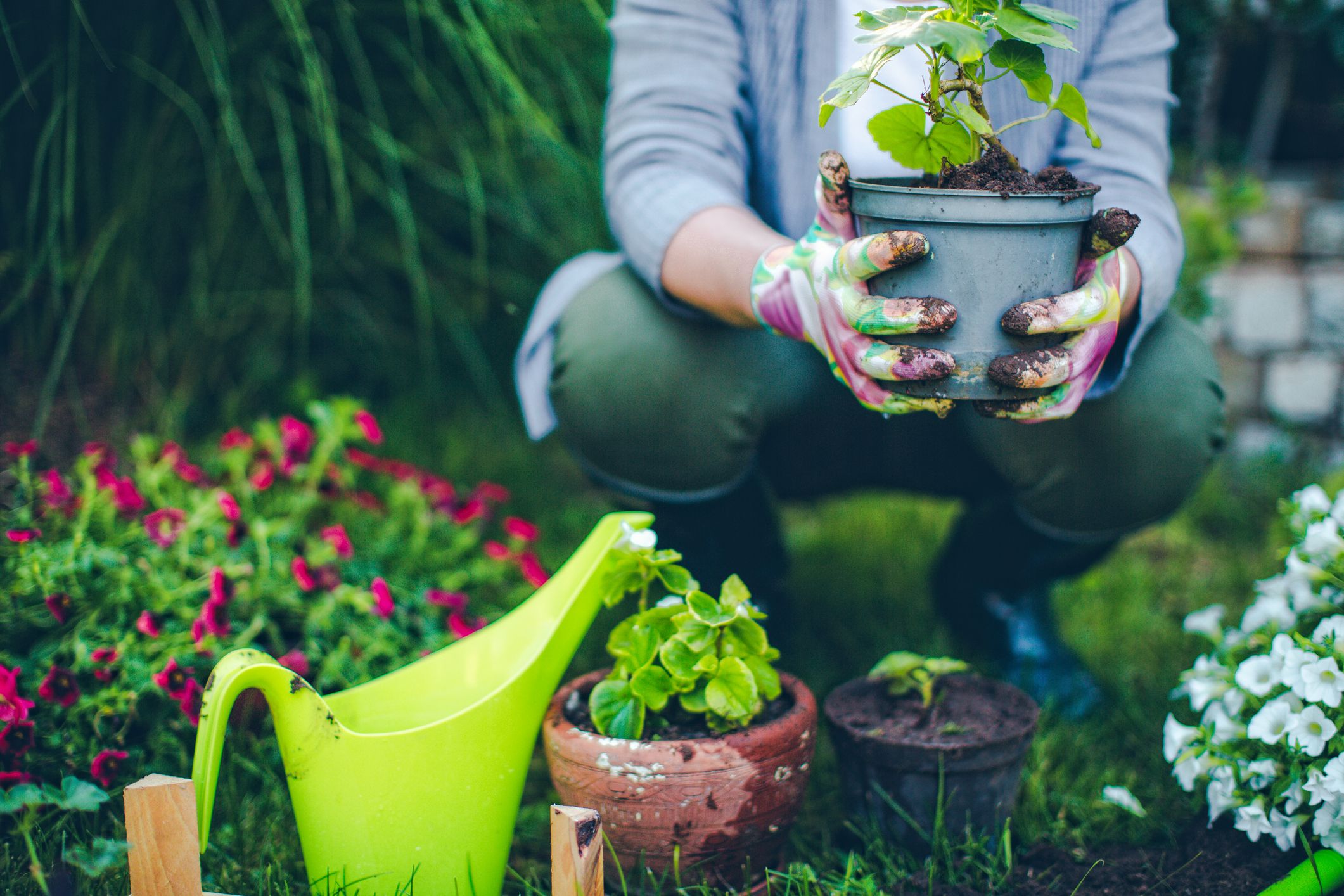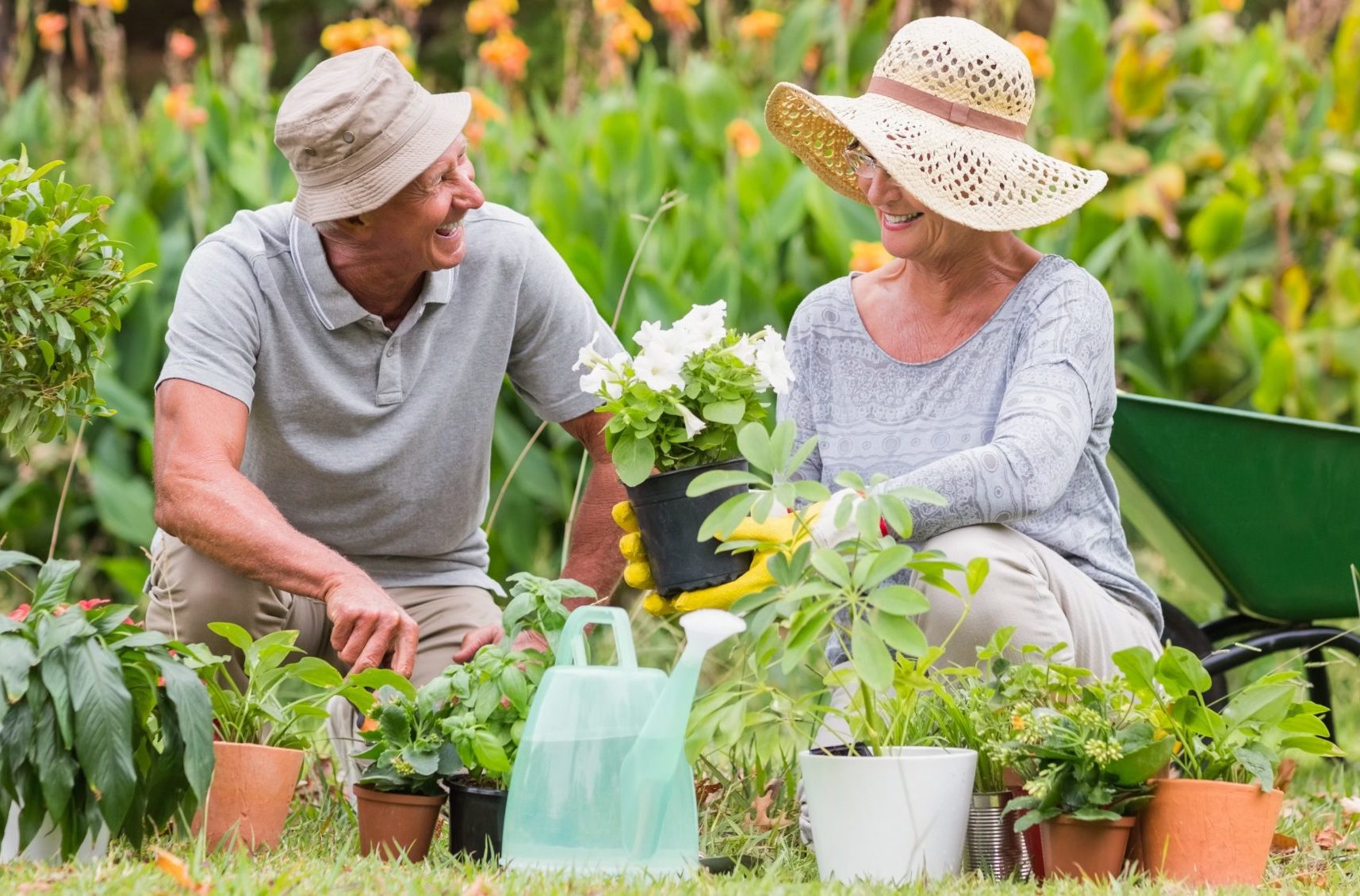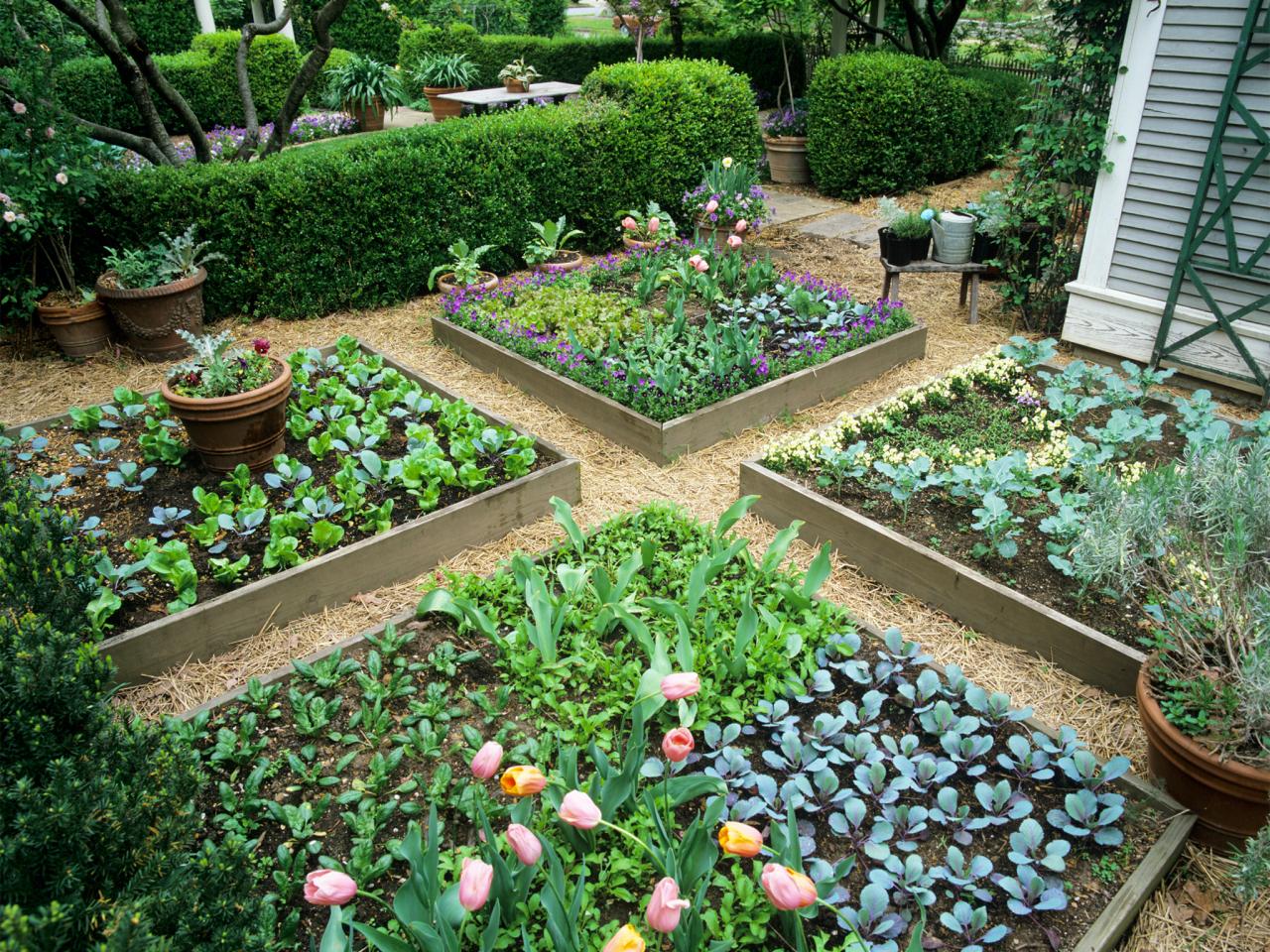Newbie Gardening: Unveiling the Secrets to Thriving Yard Beds
The Ultimate Overview to Gardening for Beginners: A Step-by-Step Strategy
Welcome to "The Ultimate Guide to Horticulture for Beginners: A Step-by-Step Approach". This extensive guide is made to help amateur garden enthusiasts start their gardening journey with self-confidence and convenience. Whether you have a little veranda or a roomy backyard, this guide will give you with the important understanding and practical pointers needed to develop and preserve a successful yard.
In this overview, we will certainly begin by helping you recognize your gardening room and exactly how to take advantage of it. We will after that explore the procedure of choosing the right plants for your yard, guaranteeing that they grow in your particular setting. Newbie Gardening. Preparing and improving the dirt will be reviewed thoroughly, as it creates the foundation for healthy and balanced plant growth
Moreover, we will lead you via the appropriate planting techniques to make sure successful growth and offer you with necessary suggestions for yard upkeep. By following this detailed approach, you will be well on your method to ending up being a positive and successful gardener. Allow's get begun on this amazing journey of gardening!
Understanding Your Horticulture Area
To effectively prepare and develop your yard, it is important to have a clear understanding of the size and measurements of your horticulture area. This knowledge will allow you to make educated decisions concerning the types and amounts of plants, as well as the design and arrangement of your garden. Begin by determining the length and size of your garden room making use of a measuring tape or a gauging wheel. Be certain to consist of any type of obstacles or irregularities, such as structures, trees, or fencings, as these will certainly influence the general style. Additionally, think about the positioning of your garden room in relationship to the sunlight. Comprehending how sunshine relocates across your garden throughout the day will certainly assist you identify the most effective areas for sun-loving or shade-tolerant plants. It is additionally crucial to evaluate the soil top quality and drain in your garden. Conduct a dirt test to determine the pH degree and nutrient material, as this will certainly notify your plant selection and dirt change needs. By taking the time to recognize your gardening room, you will certainly be better furnished to create a growing and visually pleasing garden.
Picking the Right Plants for Your Garden
When picking plants for your garden, think about the specific needs and demands of each varieties (Newbie Gardening). Different plants have different choices for sunshine, dirt temperature, water, and type. Comprehending these needs will help guarantee that your plants grow in your yard
Start by evaluating the offered sunshine in your yard. Some plants, like peppers and tomatoes, call for full sun, while others, like ferns and hostas, choose shade. Make note of exactly how much sunlight each area of your garden gets throughout the day to figure out which plants will certainly do ideal in each place.
Following, consider the soil enter your garden. Some plants choose well-draining soil, while others prosper in clay or sandy soil. Check the pH degree of your dirt to see if it is acidic or alkaline, as this can additionally impact plant development. If required to produce the ideal conditions for your plants., amend your dirt.

Lastly, take into consideration the temperature level variety in your region. Some plants are frost-tolerant, while others need cozy temperature levels to prosper. Research study the hardiness areas for each and every plant to guarantee they can endure the climate in your location.
Readying and Improving the Soil
One essential action in gardening is improving the dirt and preparing, which involves improving it with raw material to create a nutrient-rich and productive setting for plants to prosper. Excellent soil prep work is important for effective gardening, as it gives the foundation for healthy plant development click resources and development.
To start, it is very important to examine the dirt's composition and pH degree. This can be done by conducting a dirt examination, which will assist establish the soil's nutrient web content and acidity. Based on the outcomes, suitable modifications can be included in change the pH and provide necessary nutrients.
Including raw material, such as compost, is an essential action in enhancing soil high quality. Organic matter helps enhance the soil's framework, drain, and capability to maintain water and nutrients. It also improves microbial activity, which is vital for breaking down raw material and releasing nutrients for plant uptake.

Correct soil prep work likewise involves loosening the soil by tilling or excavating. This helps produce a loosened and crumbly texture, enabling origins to penetrate quickly and water to drain pipes correctly.
Growing Techniques for Success
Gardeners need to consistently employ correct planting methods for effective horticulture. These strategies not only make sure that plants are placed in the right location however also promote healthy growth and make best use of productivity. The initial step in growing is to prepare the soil by removing any weeds, rocks, or debris and loosening it with a yard fork or tiller. Once the soil is ready, gardeners need to dig an opening that is vast and deep enough to fit the origin round of the plant. It is necessary to manage the plant very carefully, staying clear of any damages to the origins, and gently position it right into the hole. The plant should be positioned at the same level as it remained in the container or baby room bed. After placing the plant in the hole, backfill the hole with dirt, pushing it securely around the origins to eliminate any type of air pockets. Water the plant thoroughly after growing to help settle the dirt and supply wetness to the roots. Ultimately, mulching around the plant can aid maintain dampness and subdue weeds. By complying with these planting techniques, garden enthusiasts can enhance the chances of success and delight in a flourishing garden.
Important Tips for Yard Upkeep
To make sure the health and vigor of your yard, it is crucial to carry out vital upkeep strategies. Regular upkeep is essential in maintaining your yard thriving and looking its ideal. Below are some necessary tips for garden upkeep:
1. Watering: Appropriate watering is vital for the wellness of your plants. Water deeply and occasionally to motivate deep root development. Stay clear of overwatering as it can lead to root rot and various other concerns.
- Weeding: Consistently eliminate weeds from your garden to avoid them from taking on your plants for sources. Pull weeds by hand or utilize a yard hoe or grower to make the task less complicated.
- Trimming and cutting: On a regular basis trim and cut your plants to advertise healthy development and maintain their shape. Remove dead or broken branches and trim thick areas to improve air flow.
- Fertilizing: Offer your plants with the needed nutrients by feeding them frequently. Usage organic or slow-release plant foods to avoid burning or harming your plants.

- Mulching: Apply a layer of compost around your plants to conserve dampness, subdue weed development, and enhance soil health. Mulching additionally includes aesthetic interest your garden.
- Pest control: Screen your yard for parasites and take ideal steps to manage them. Use organic bug control methods whenever feasible to minimize harm to the atmosphere.
Verdict
In conclusion, this guide provides a step-by-step technique to gardening for newbies. It covers understanding gardening space, selecting appropriate plants, improving the dirt and preparing, growing strategies, and important suggestions for garden maintenance. By adhering to these guidelines, novices you can try here can confidently start their gardening journey and achieve success in cultivating and maintaining a gorgeous garden.
Conduct a soil examination to figure out the pH level and nutrient content, as this will inform your plant selection and dirt modification requirements. Recognizing these needs will certainly help make sure that your plants view website thrive in your garden.
Some plants choose well-draining soil, while others flourish in clay or sandy dirt. Water the plant extensively after growing to help settle the soil and offer wetness to the origins. It covers understanding gardening space, selecting ideal plants, improving the soil and preparing, growing techniques, and crucial tips for garden maintenance.